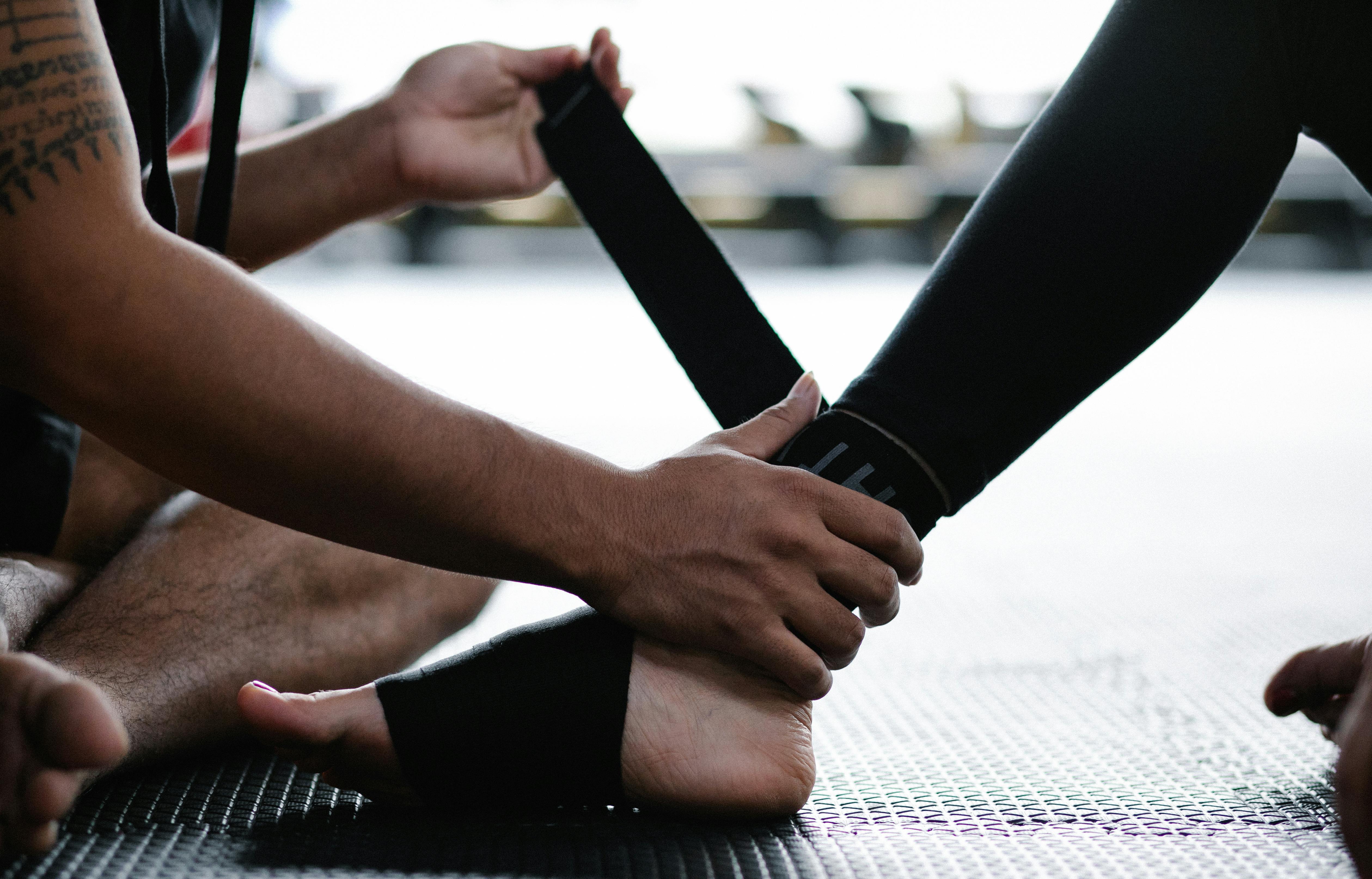Grade 3 Ankle Sprain: Everything You Need To Know
Ankle sprains are prevalent injuries, but knowing how to properly treat them is crucial for a swift recovery and a return to normal activities.
This article specifically addresses grade 3 ankle sprains, providing insights into their treatment and the expected duration of the recovery process.
Table of Contents
Understanding how to care for your ankle after a grade 3 sprain is essential for ensuring a successful healing journey and getting back on your feet as soon as possible.
What is grade 3 Ankle sprain?
An ankle sprain occurs when the ligaments surrounding the ankle joint tear due to a twisting force applied to the foot. The severity of an ankle sprain is categorized into three grades:
- Grade 1 ankle sprain (mild): Involves slight stretching or tearing of ligaments, resulting in minimal pain and swelling.
- Grade 2 ankle sprain (moderate): Involves partial tearing of ligaments, causing moderate pain, swelling, and difficulty bearing weight.
- Grade 3 ankle sprain (severe): Characterized by complete tearing of ligaments, leading to severe pain, swelling, instability, and difficulty walking.
Risk Factors for Grade 3 ankle sprain
Grade 3 ankle sprains are prevalent among athletes like basketball players due to the sharp movements and strong foot-twisting forces involved in sports activities. While anyone can experience this severe injury, certain factors can increase the risk:
- Previous sprains: If you've had an ankle sprain and didn't allow it to heal completely before resuming activities, you're more susceptible to a grade 3 sprain.
- Activity intensity: High-intensity sports like basketball and athletics exert significant twisting forces on ankle ligaments, increasing the likelihood of tears.
- Duration of competition: Prolonged activity can fatigue ligaments, making them more prone to injury over time.
- Lack of warm-up: Proper warm-up prepares ligaments for activity, reducing the risk of injury during sports.
Also read: How To Wrap A Sprained Ankle
Additionally, intrinsic factors such as gender, foot anatomy, height, weight, and postural sway can influence susceptibility to ankle sprains.
Understanding these risk factors can help individuals take preventive measures and engage in activities safely.
Symptoms of a grade 3 ankle sprain
A grade 3 ankle sprain involves a complete rupture of the ligament, leading to pronounced symptoms such as severe pain, significant swelling and tenderness, redness, bruising, and instability around the ankle.
These symptoms help doctors classify the sprain as grade 3, distinguishing it from less severe grades 2 and 1.
How to Diagnosed It
A grade 3 ankle sprain, being more severe, requires a longer healing period.
When diagnosed with this injury, your doctor will conduct thorough physical examinations and may order tests like x-rays, MRI scans, or ultrasounds to accurately assess the extent of damage.
These tests provide crucial insights into the severity of the injury, guiding the treatment plan for effective recovery.
While the healing process may take time, it's essential to follow medical advice and remain patient throughout the recovery journey.
Treatment for Grade 3 Ankle Sprain
For grade 1 and 2 ankle sprains, home treatment using the RICE method (Rest, Ice, Compression, and Elevation) is effective.
Rest is crucial, and a doctor may suggest immobilizing the ankle for a few days, especially for grade 2 sprains.
Grade 3 sprains are more severe and require professional attention, usually from a podiatrist.
Treatment is divided into three phases:
Phase 1 – Inflammatory: The focus is on improving blood circulation while reducing pain and swelling. The RICE method is used, and the foot may be protected with a cast or brace for a few weeks.
Phase 2 – Proliferative: Tendons start to heal, and ankle protection with braces continues. Patients should avoid strenuous movements to aid recovery. This phase lasts about 4-10 days but may vary based on injury severity and symptoms.
Phase 3 – Remodeling: During this phase, which typically occurs after the first few weeks, the healing process continues as the ligaments gradually regain strength and flexibility.
Physical therapy exercises are introduced to improve ankle stability, range of motion, and strength.
Patients may gradually return to weight-bearing activities and sports under the guidance of a healthcare professional to prevent re-injury and promote full recovery.
Would You Need Surgery?
Even in cases as serious as a grade 3 ankle sprain, surgery isn't always necessary. Your doctor will only consider surgical options if non-surgical treatments and rehabilitation haven't yielded positive results. Trust in your healthcare team's guidance as they tailor a treatment plan suited to your specific needs and recovery journey.
How Long Will The Recovery Take?
Recovery from an ankle injury varies based on individual response to treatment, but typically, it takes about 12 weeks to gradually return to your regular activities.
During this time, your doctor may recommend using crutches or a walking stick to aid mobility.
In the second and third phases of recovery, physical therapy will focus on foundational exercises to enhance strength, balance, and endurance, gradually intensifying as your ankle heals.
Remember, patience and consistency in following the treatment plan are key to a successful recovery journey.
Bottom Line
In conclusion, ankle sprains are common injuries that can range from mild to severe, with grade 3 sprains being the most severe.
Proper treatment and rehabilitation are essential for optimal recovery, regardless of the grade of the sprain.
From rest and ice to physical therapy and gradual return to activity, each step plays a vital role in the healing process.
Understanding the severity of the injury and following medical advice can help individuals navigate their recovery journey effectively.
With patience, dedication, and proper care, most individuals can regain mobility and return to their daily activities after an ankle sprain.



